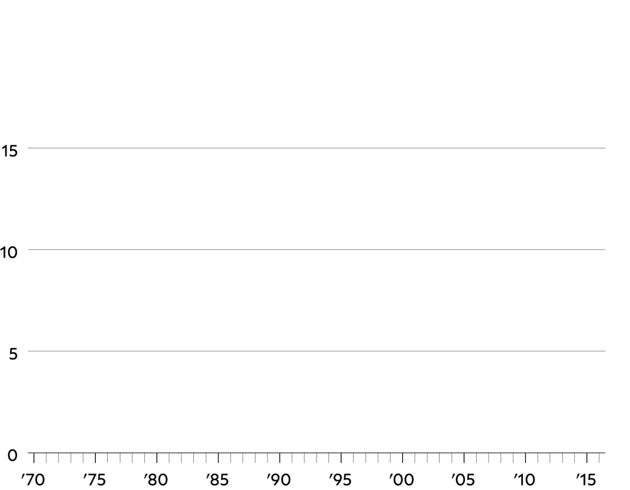Finding a Fix – Mother Jones
▻http://www.motherjones.com/crime-justice/2017/12/opioids-users-dealers-police-1
Opioids started seeping into the surrounding counties in the mid-’90s, when Purdue Pharma introduced OxyContin and dramatically underplayed its addictive qualities. Thanks to pharmaceutical lobbying, years of liberal painkiller prescribing—the United States consumes more than 70 percent of the world’s opioid painkillers—planted the seeds for widespread addiction to both painkillers and heroin, which is chemically similar to the prescription pills but far cheaper and more potent.
As the demand for opioids grew in suburban areas, capillaries sprang up from the main drug trafficking artery of Interstate 95, which runs from Florida to Maine, bringing opioids to small towns like Bel Air and Aberdeen. But the turning point in Harford—and much of the country—came in 2015 after fentanyl, an opioid up to 50 times more powerful than heroin that is typically manufactured in illicit labs in China, started making its way into the heroin supply. Complicating matters is the fact that, by the time drugs get to Baltimore or Harford County, they have likely changed hands so many times—and mixed with fentanyl and other additives along the way—that dealers often don’t know what they are dealing. Indeed, the customary drug in Baltimore is “scramble”: an amalgamation of heroin and other drugs, sold in gel capsules. “We knew [fentanyl] was coming; we were trying to brace for it,” said Dunbar. He recruited officers to do nothing but heroin investigations, because “we knew we were gonna see this surge.”
Of course, the epidemic is much bigger than Harford. In Ohio, coroners’ offices use refrigerated trucks to store bodies. In Connecticut, medical examiners’ autopsy caseloads have quadrupled in one year. In West Virginia, 1 in 20 infants are born in withdrawal from opioids. And in Maryland, two-thirds of people in jail have a diagnosed substance abuse disorder, according to a 2016 analysis by the governor’s office. Harford County Sheriff’s Office cops are no longer allowed to test seized drugs suspected to contain opioids on the spot, because of reports that interacting with some variants of fentanyl can be deadly. When the drugs are sent to DEA labs, “while one person is testing, another person is ready to treat them with [the overdose reversal drug] naloxone in case they fall while they’re testing,” says Hedrick, the DEA supervisor.
As the wave of fatal overdoses hit Harford in early 2015, county officials sprang into action. Police officers are now equipped with naloxone and trained that addiction is a disease. Cops on the Narcotics Task Force rarely charge users for drug possession in quantities that seem intended for personal use. After every overdose, cops give victims a “help card” with addiction treatment resources. “We’re not going to solve the problem by putting addicts in jail,” said Underhill. “If they’re not going to get effective treatment, it’s not going to change anything.”
Another part of Harford’s response is aggressively tracking down dealers. In 2016 alone, the county arrested and charged 240 people with felony drug offenses. As Dunbar sums up the strategy, “We need to lock up the bad guys—the dealers and traffickers putting out stuff on the street—but we also play a role in getting the victims help.”
It’s not that Harford cops don’t empathize with user-dealers. The guy who gets in a car accident is prescribed painkillers, becomes addicted, and then starts selling to support his own habit—“I’ve seen that story 150 times,” Underhill told me. But where do you draw the line? “They’re selling just enough to get theirs,” he said of user-dealers, “but they’re killing people with what they’re bringing back.” He gets most worked up when he talks about the kids: the toddlers strapped in car seats as he pulls parents over for drugs, the children he terrifies when breaking open front doors with Halligan bars in predawn raids, the teens who come home from school to find that cops have gone through their bedrooms looking for drugs.
When it comes to reforming user-dealers, evidence strongly suggests that prison time isn’t very effective. Instead, stable housing, support services, and employment have been shown to promote long-term recovery. Law Enforcement Assisted Diversion, a Seattle program that has been replicated in dozens of jurisdictions across the country, demonstrates the research in action: Rather than jailing people for low-level drug crimes, police divert them to programs offering treatment, housing, and job training. Participants are nearly 60 percent less likely to be rearrested.
























